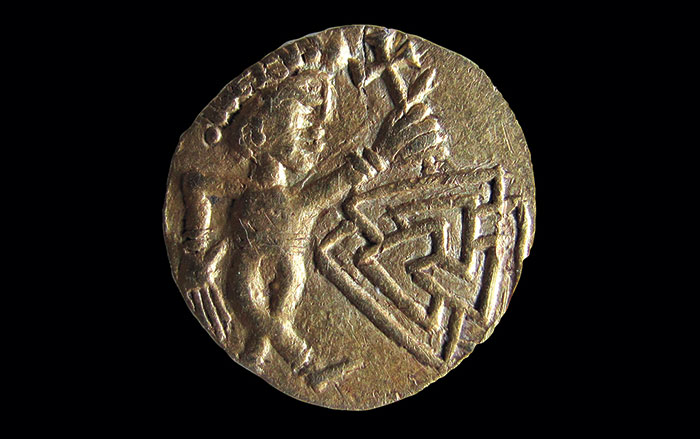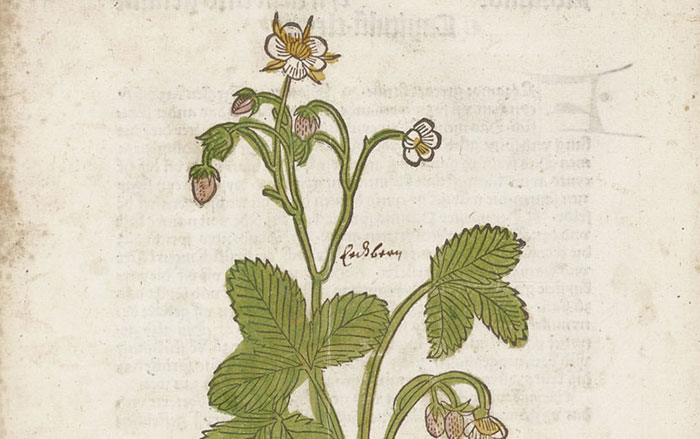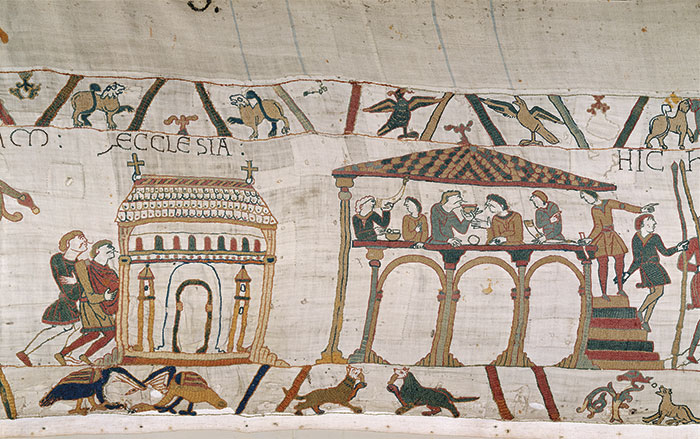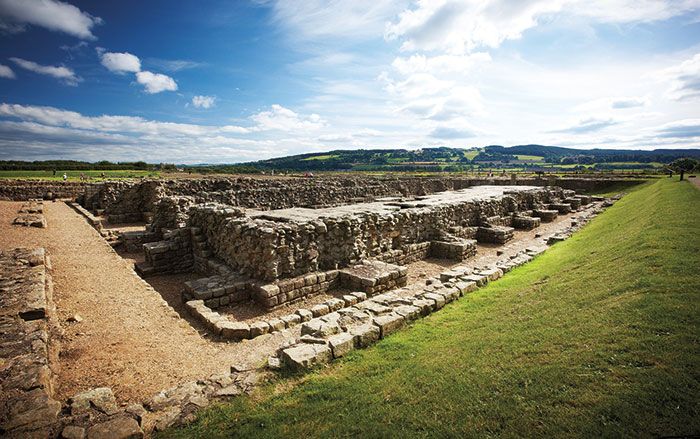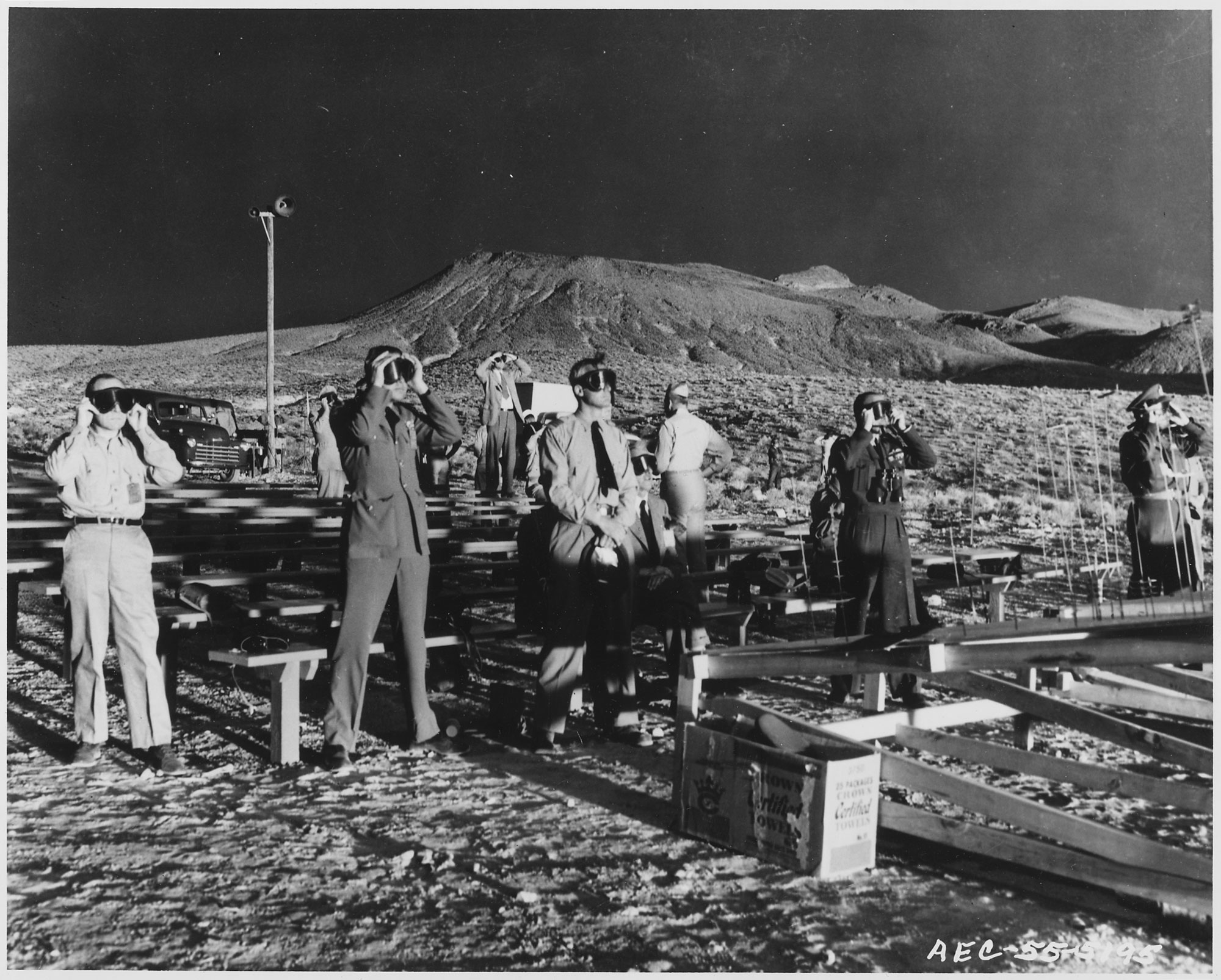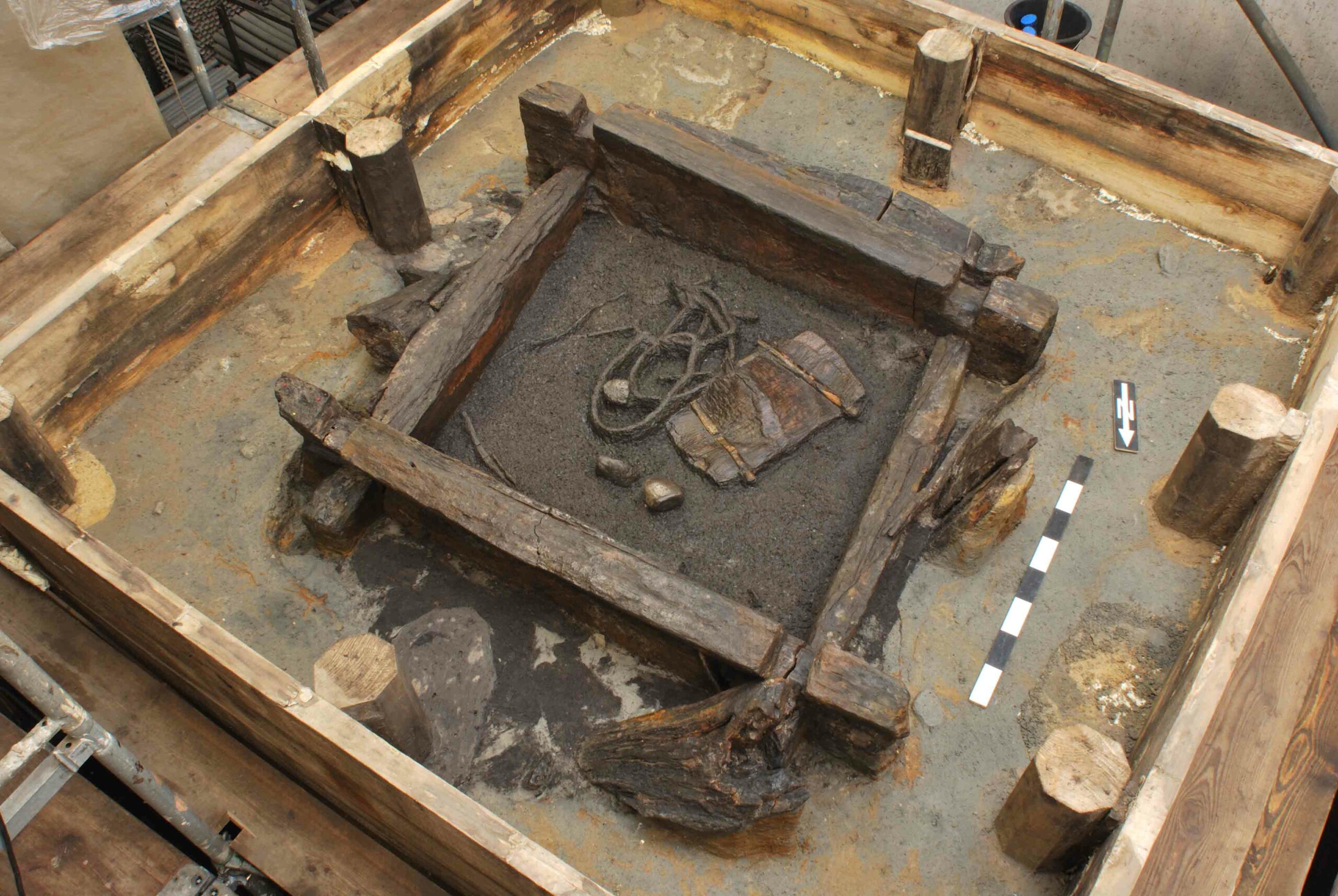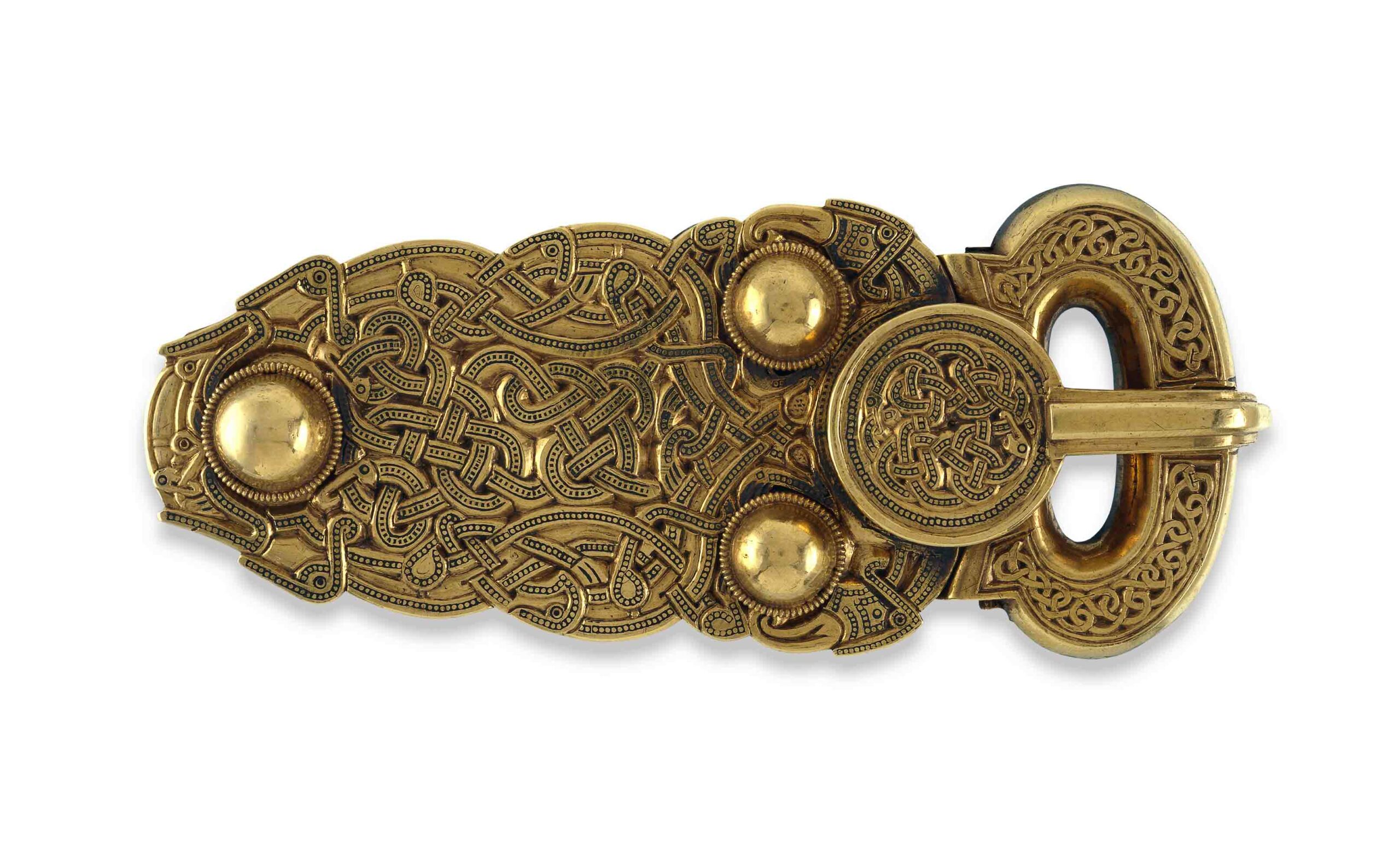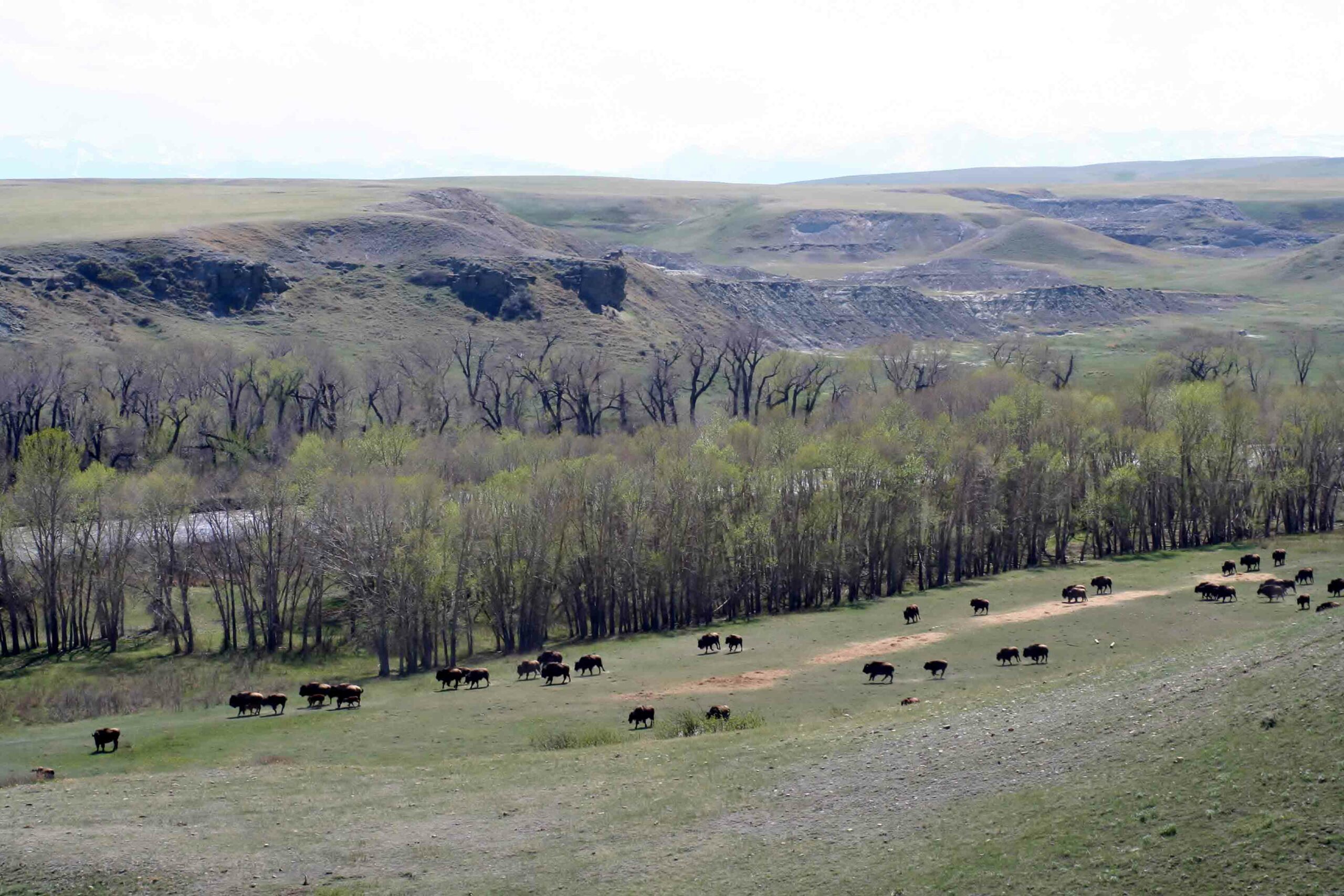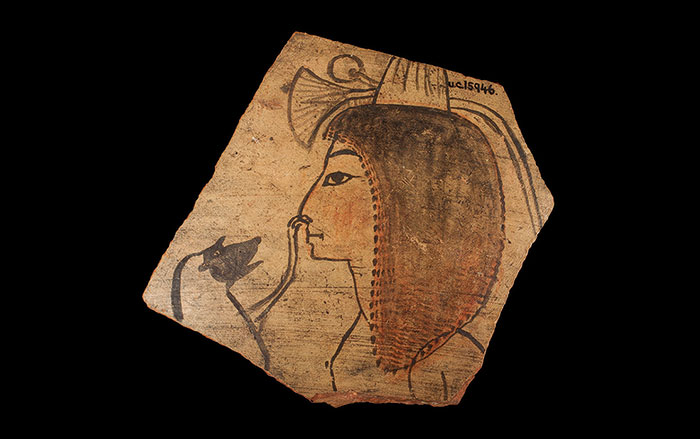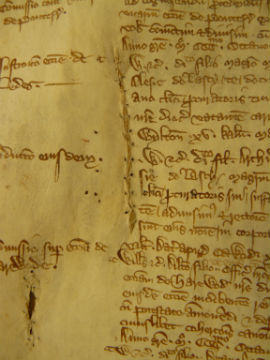
DUBLIN, IRELAND—Scientists from the University of York and Trinity College Dublin have examined DNA from two tiny samples of parchment dating from the late seventeenth century to the late eighteenth century. They were able to determine the species-type of animals from which the parchment was made, suggesting that libraries could be a resource for the study of livestock husbandry. “We believe the two specimens derive from an unimproved northern hill-sheep typical in Yorkshire in the seventeenth century, and from a sheep derived from the ‘improved’ flocks, such as those bred in the Midlands by Robert Bakewell, which were spreading through England in the eighteenth century,” said Matthew Collins of the University of York. To read about early Christian illuminated manuscripts, see "Artifact: The Faddan More Psalter."


